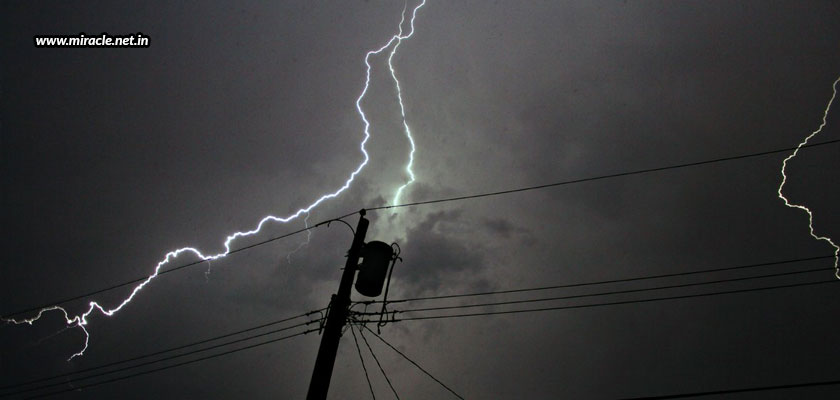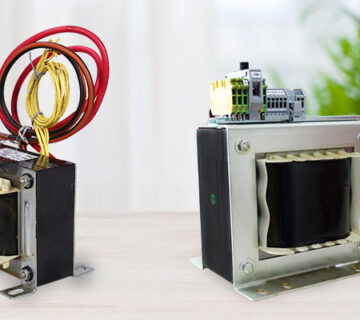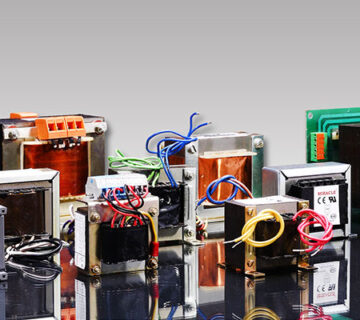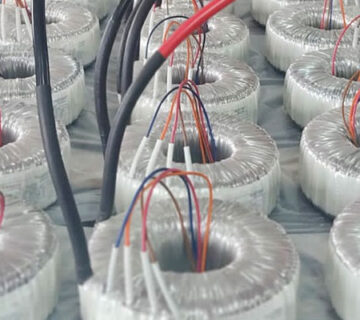Despite the fact that transformers have been around for nearly a century, there still are seen multiple kinds of transformer failures, which can arise at any point of time. Even if utmost care is taken during the manufacturing, installing, and operation of the transformer, there are possibilities of failures and risks. After all, transformers are electrical devices that can be controlled only to a certain extent.
Risks involved with a transformer
Transformer risks can come in many different forms. Some failures may not be due to any components within the transformer, but from an external incident like a lightning strike or fault in the transformer power line. Then, for those failures that come up within the transformer, some may come up without a warning, but then there are times when failures can also be seen to be approaching. For instance, deteriorating paper and oil inside a transformer can emit gases. When the paper in the transformer ages, it releases Furan gases, which are organic compounds that are formed by the degradation of paper insulation. Overheating, oxidation, or degradation by high moisture content contributes to the destruction of insulation, forming furanic compounds. However, a transformer with well-maintained dielectric fluid is much less likely to fail than one that hasn’t been maintained at all.
Can such transformer failures be avoided?
We already said above that it is not possible to completely eliminate the possibilities of a transformer failure. But, it can be reduced by building a transformer with the best quality raw materials and using quality controlled processes. There is a lot that goes into maintaining a transformer. In order to get safe, reliable, and uninterrupted electrical power, there is a lot that can be done. For instance,
- One of the basic process is chemical testing that tests the oils present within the transformer. Occasional oil processing may be required to remove harmful contaminants.
- It is important to develop a reliable system that can address the condition of the transformer without a lot of added costs or downtime during the life of the unit, and not at the end of its life. But, this is all about assessment, planning, and systems.
- High moisture content, overheating, or oxidation are also significantly important to cause failure, which can be identified by the accelerated deterioration of the paper insulation.
- Gases dissolve in the transformer oil, and are formed by both normal operation and aging, or also by anomalies or abnormal events. Analyzing the volume, types, proportions, and rate of production of dissolved gases, what’s happening within the transformer can be known. Gases can be produced by oxidation, oil breakdown, vapourization, insulation decomposition, and electrolytic action.
- Understanding the short and long term, direct and indirect impact and costs associated with unplanned power outages that result from the loss of the transformer
- Developing and implementing a set of standards for determining the operating condition of the transformer through intrusive and non-intrusive testing
- Developing a company-wide preventative maintenance plan, and giving reliability professionals the tools that they need to monitor and maintain, as per the plan
Transformers built today are certainly built with much smaller margin for error than those in the past by taking into consideration the above measures and methods. Miracle Electronics is one such expert transformer manufacturer in India who takes into consideration everything from the raw material quality and quality of manufacturing processes to the testing at every phase of production, and also after production; thus making it a reliable manufacturer.




